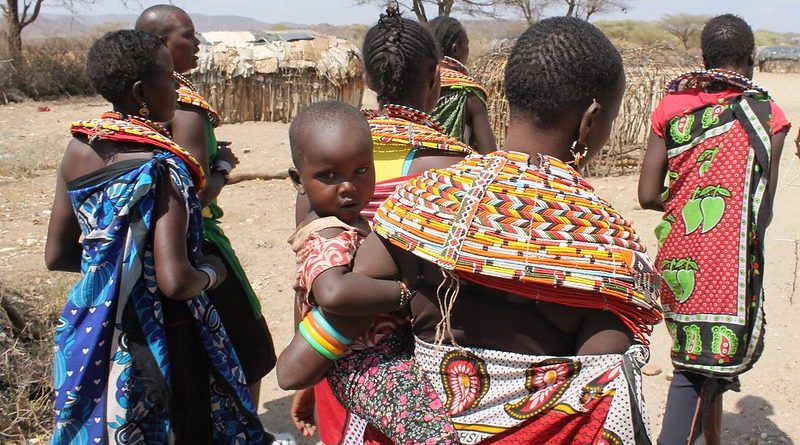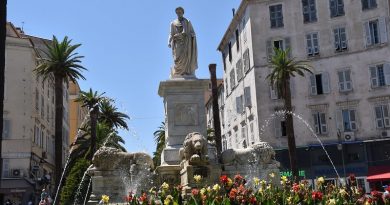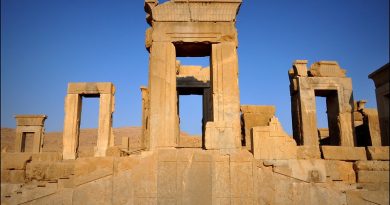Samburu: The White Goats of Kenya
Culture Facts
Where: 110,000 Samburu around Mt Kenya, Kenya, Africa
Beliefs: Living off the meat, blood and milk of cattle, warrior culture, elders rule and women as subordinates – increasingly in conflict and change with 21st century Africa
Remember to: Respect their culture and avoid scenes of tourist exploitation – tribal warfare is also a danger to visitors
Amongst other tribes of Kenya the Samburu are known as loibor kineji or ‘people of the white goats’, but they call themselves ‘white goats’.
Homelands
The Samburu are nomadic pastoralists who live in the foothills of Mount Kenya above the equator. They are closely related to the Maasai and speak their Maa language. It is thought that they splintered from the Maasai when these tribes of Kenya first came down from Sudan.
There are about 110, 000 Samburu people living in Kenya. These are split into eight patri-lineal families and about seventeen small clans, amongst which there will be four to six livestock owners. The power of the tribe very much lies with the elders. Although girls marry at a very young age, usually between twelve and fifteen, the men of the tribe have to become an adult warrior and do not marry until their twenties or even thirties.
Young warriors
When children are young they are in charge of looking after the cattle grazing. When the boys are quite young (around thirteen) they are circumcised and initiated as young warriors or il-murran. They immediately start hunting small birds and animals. A special settlement is built for this in accordance with the cycles of the moon and the young warrior will live here until he becomes a full warrior. At this early stage the young men are allowed wear the red ochre that is distinctive among many tribes in Kenya.
Courtship of young girls begins around this time. The new il – murran will give beads to young girls they favour. They will gradually add more beads to the girl’s collection hence giving a good indication of whom they will choose as their bride in future years.
Marriage ceremonies
The young warriors cannot marry until ilmugit lolaingoni, a ceremony that signifies the warriors’ transition to manhood and allows him to marry. A bull is suffocated by the young warrior and then distributed amongst the village and eaten. The evolution of the warrior is complete and he is free to marry.
As with other tribes and parts of East Africa, the girl the warrior chooses to marry is also circumcised. This occurs and hour or so before the ceremony. The marriage is then sealed when the warrior and his companions drive a bull into the village and it is slaughtered. The village elders give the blessing and then the girl will leave the village with her husband.
Circumcision
President Moi made female genital mutilation illegal on December 13th 2001, however, it is difficult to enforce this in rural areas and it is also a challenge to intrinsic beliefs of the Samburu and other tribes about the rite to adulthood. There have actually been cases where girls are getting circumcised very young to avoid government intervention. There is some hope to eradicate this practice in the ntanira na mugambo, or ‘circumcision with words’, project. A Kenyan group called Maendeleo Ya Wanawake and the Programme for Appropriate Health Technology (PATH) founded this in August 1996. Girls are educated about sexual health and sex issues and allowed to retreat and mediate for a week before their marriage. Unfortunately many young women are still shunned if they refuse circumcision, but this scheme offers an alternative for future generations.
Cattle culture
The significance of cattle and livestock is always evident in Samburu culture and life as is illustrated in the sacrifice of bulls at every momentous stage in an adolescent’s passage to adulthood. They also provide the dowry for a girl to get married. It also played a part in social ties. If one man gives an animal to another man then he will be called by that name by the man who received the gift. It is therefore not uncommon for Samburu to have names such as ‘castrated sheep’! Much like the Maasai the Samburu live off their herds and a simple diet of blood and milk. This along with other aspects of traditional life is slowly being eroded. The terrible droughts throughout the 1990’s depleted the livestock herds dramatically. The onset of desertification and changing rainfall patterns combined with El Nino meant in 1997 that some Samburu herdsmen were losing 50% of their herd.
As a result of this, a Samburu livestock market was established in Suguta Marmar town in 1991. The tribe now buy in livestock and are eating more meat than they did in the past. This use of money has spread to other areas and girls are replacing their skins with cheap textiles, with even some young men sporting watches.
Changing tribes
Modernisation will always infringe upon people and has done throughout time. It seems that the Samburu who were one of the last traditional tribes in Africa are going through their transition. Their changing attitudes to female circumcision are seen as positive; however change comes with affluence.
Unlike the Maasai they have placed less importance on being a warrior and instead cherishnkanyit, or respect. Unfortunately, an element such as the livestock market and increased tourism on their land has led to friction with other tribes. Some members of the Samburu are buying AK47’s from Somalians and Ethiopians to protect themselves in raids from other tribes such as the Turkana. This is not to say that the Samburu are blameless and have not become aggressive outside their tribe. Times are changing radically for this tribe as all others in Kenya. It is important to show respect for their beliefs and remember that tourism impacts upon culture as much as the land, so try to avoid situations that you find to be exploitative to local tribal tradition.
MORE INFORMATION
In Smoke and Shadow
Traditional foods of the Samburu
Main image: White Goat, alaina buzas, Flickr Creative Commons
By Electra Gilles




